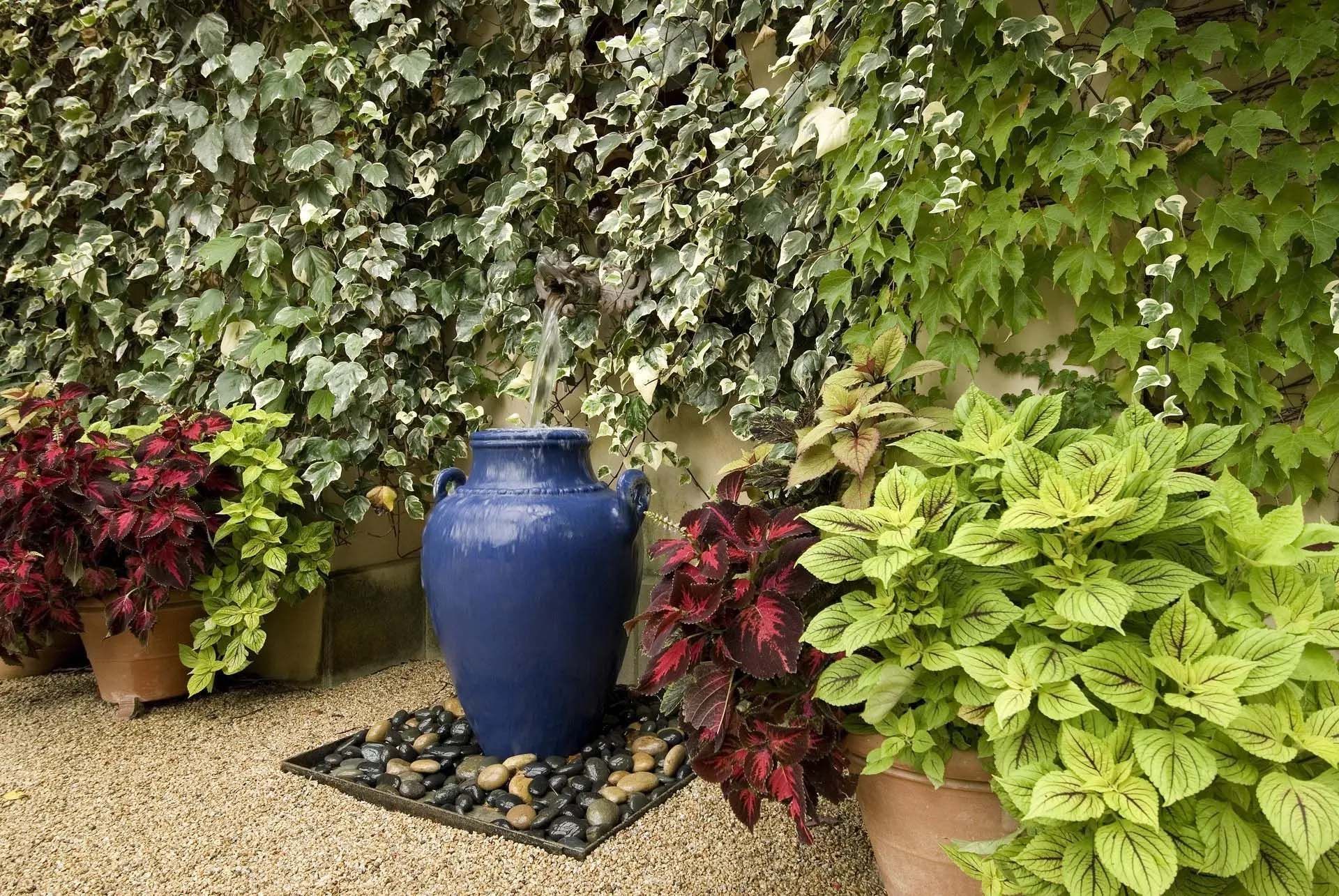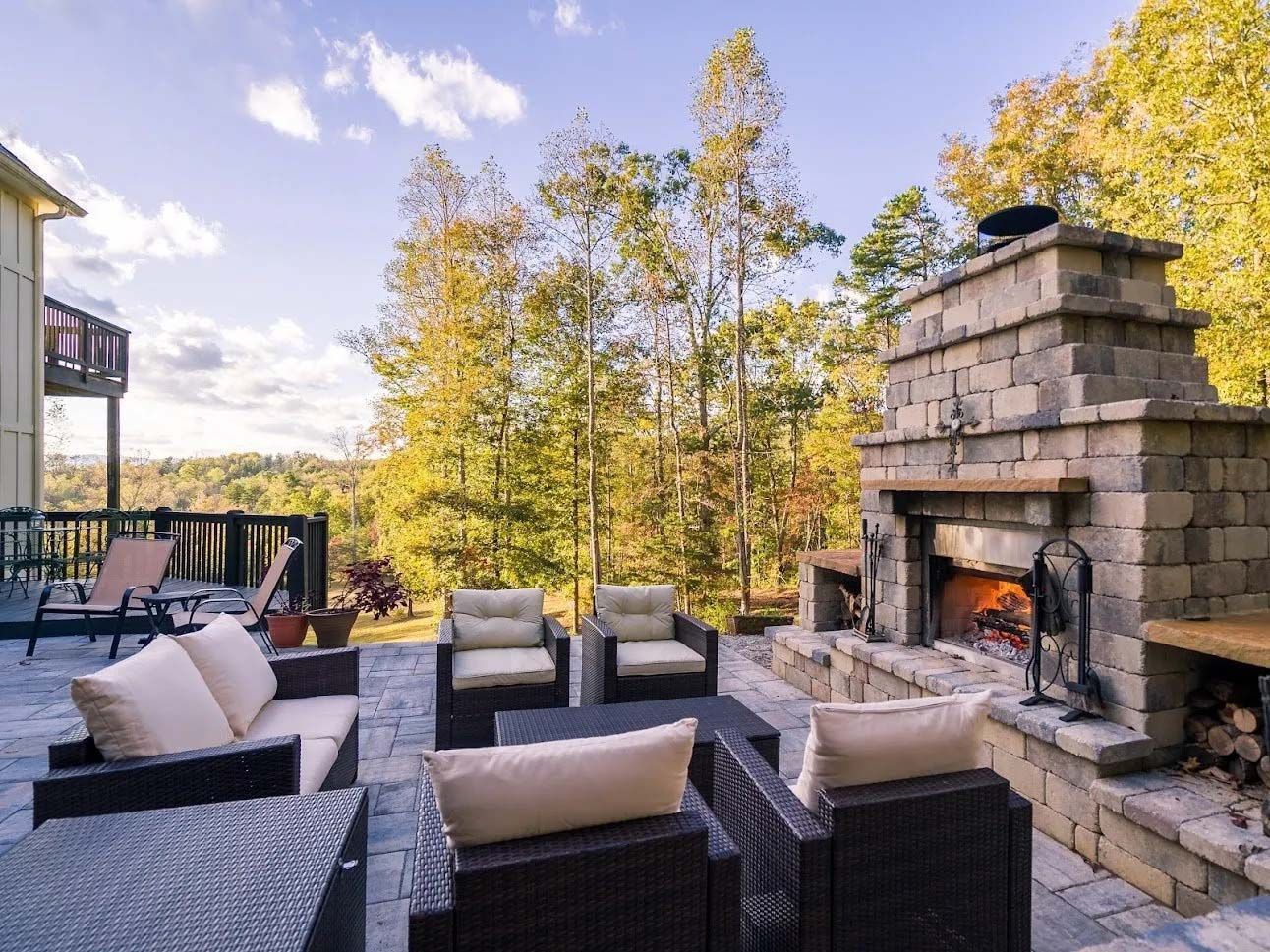5 Steps To Add Beautiful Climbing Vines to Your Landscape
5 Steps To Add Beautiful Climbing Vines to Your Landscape

Climbing vines can transform your landscape. But are you unsure how to start your vines? Which to choose? How to use them in your yard? If so, here are a few simple steps to add vining plants to your yard.
1. Choose the Spot
The good news for homeowners and business owners is that vines can thrive in many parts of the landscape. They add beauty to areas near the home and provide an attractive and low-maintenance backdrop for less aesthetically pleasing vistas. They can also soften harsher elements of your hardscaping. Some flowering vines, such as wisteria, have pleasing aromas as well, so plant these near traffic paths.
2. Research Your Vine
The next step is to get to know your chosen vine. Not all vines were created equal. The method by which they 'climb' varies from species to species. Some vines twine around their support structure, while others send out small tendrils which wrap themselves around supports and cling or small rootlets which grab onto irregular surfaces or even have suckers to attach.
3. Give Support
By learning more about how your vine grows, you can choose the best support structure for it. A vine with suckers or rootlets may easily grow on a brick wall or wood fence, but one with tendrils needs more to wrap around. For these, choose a lattice, use a chain link fence, add chicken wire or mesh, or install an additional layer on the side of a solid building or fence.
This support structure can be just about anything, and it may or may not even need to be attractive. If your goal is to cover something like a bare wall or a pole, the underlying structure may not show for long. On the other hand, if you want something which trails around your pergola or you're working with a slower-growing vine, choose a base structure that also fits your landscape theme.
4. Train the Vine
Now it's time to train the vine. This is a bit of a misnomer because the vine will continue to do what nature programmed it to do. Training it simply means helping guide its growth in ways that you want.
This process begins as soon as the vine is planted. Untangle the existing vines and place them around the support structure how you want.
Generally, you'll need to secure these with soft things like twine, shoelaces, tape, or anything else that fits the bill. Repeat this process many times.
Depending on how you want the vine to cover the structure and its own needs, you may need to fill in the bottom first or let it climb rapidly toward the sun. Remember that vines will naturally grow toward the source of their energy, the sun. So if you want a fuller vine, invest time in widening it out and creating a thicker base early on.
5. Prune and Maintain
Vines that are well-chosen for their environment and have a gentle guiding hand when getting started tend to thrive on their own. This creates a beautiful setting, but it also means that you may need to curtail its growth in the future. Some, like wisteria, will rapidly spread to the point that they take over the area if not regularly pruned.
Other vines need seasonal pruning to keep their shape and vitality. As with many shrubs, many vines like to be pruned back in order to stimulate new growth. Some, like hops, need to be aggressively scaled back during the dormant season.
Contact Us to Transform Your Landscape Design
Interested in adding vines to your landscape design? Turn to the experienced team at Morlock Landscape & Design. We'll assess your landscape's potential to host vines, help you match the right location with the right type of vines, and assist with maintenance throughout the year. No matter the nature of your landscape design, we have all of the proper knowledge and tools to help it thrive.
If you’re eager to get started, contact a member of our team to beautify your outdoor space with climbing vines. We’re proud to assist homeowners in and around Naperville, Aurora, and the Wheaton, IL community.









